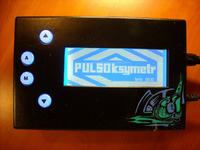
Hello all.
I would like to present devices that I and two friends made for the subject of Microprocessor Technology at AGH. At the same time, this and my colleagues' applications will be on display at the Krakow Science Festival on May 14 from 11:30 to 16:00, in the main hall of the A0 building at al. Mickiewicz, so I cordially invite you
The principle of measuring saturation is based on the fact that oxygenated blood (specifically hemoglobin) absorbs different wavelengths differently. In short, we scan the finger with 660nm and 940nm light, and then we calculate the parameter of interest based on the ratio of the amplitudes of the received signals. The heart rate is calculated based on the time interval between the maxima on the plethysmographic curve.
The system is driven by a 68HC908AB32 microcontroller. Waveforms from the 4-output PWM through a small logical function control the S&H systems and the H bridge switching diodes alternately. The lower transistors in the bridge together with D / A converters are regulated current sources determining the brightness of light pulses. The signal from the photodetector is demultiplexed (red and infrared pulses go to different processing paths), demodulated and filtered. Next, the signal goes to an amplifier with programmable gain to finally be sampled by the transducer contained in the microcontroller structure. The data is presented on a graphic display with 192x64 pixel organization. The keyboard was made on a separate board with illuminated buttons with a label attached to it. These buttons are used to set alarms (pulse decrease / increase, saturation decrease). The whole is powered from a 5V power supply. As you can see in the photo, minor corrections in the schematic diagram were made after soldering the whole
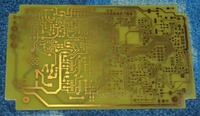
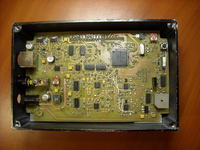
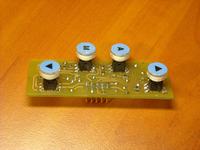
The finger probe was made of - what can I say - oak style from a shovel
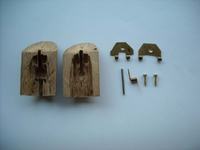
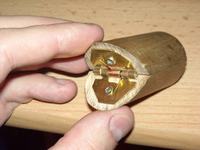
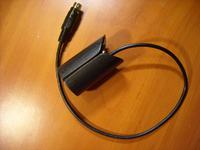
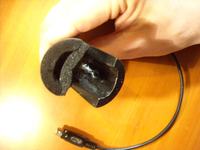
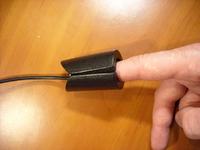
Due to the fact that the device was intended for a public show, we decided that it should look inviting and distinguish itself somewhat from the usual cold medical equipment. It was made of an aluminum can. The window was cut out with a dremel mounted in a rack. The whole is painted black with a semi-spray. Finally, the graphics were applied with the same hand that adorned the HDDClock standing on my desk
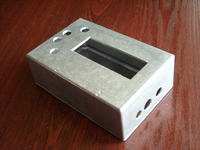
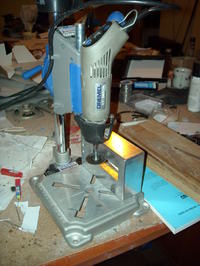
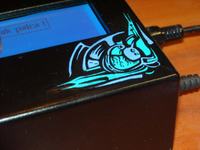
Below are some additional photos and a video of the system operation (the alarm was set at 75 beats per minute). For now, I am only providing a schematic diagram (almost final), because the rest of the documentation needs to be worked out before publication. Everyone interesting I invite you once again to the presentation on May 14, and now for discussion.
Regards
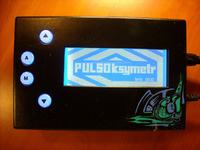
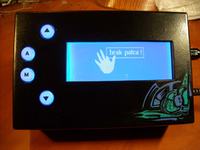
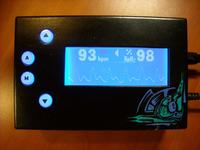
Cool? Ranking DIY






